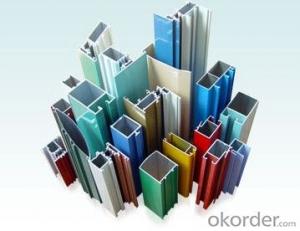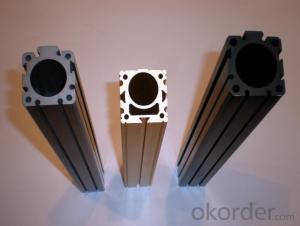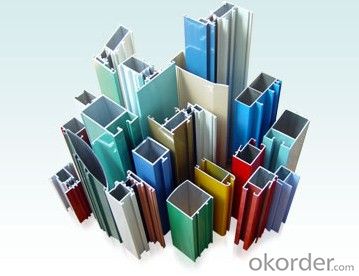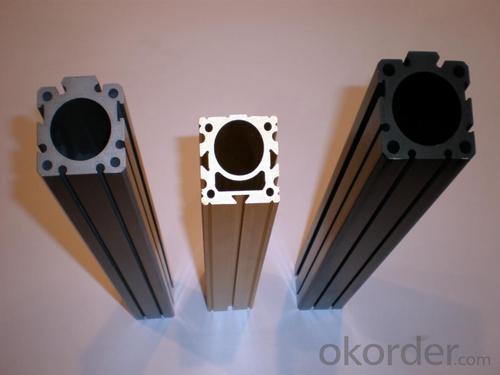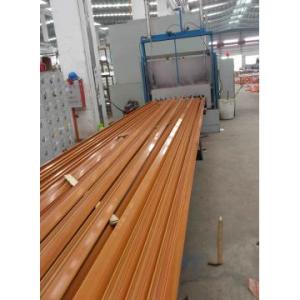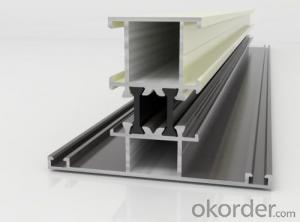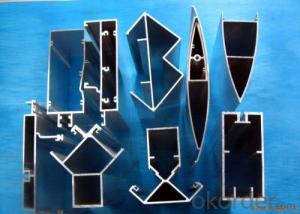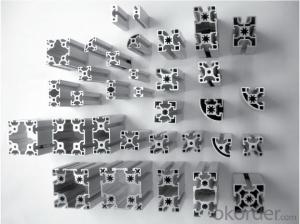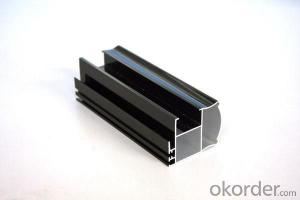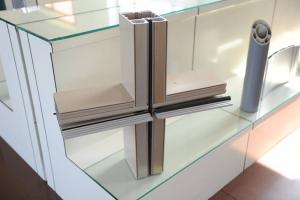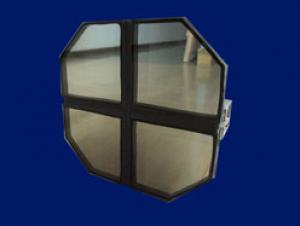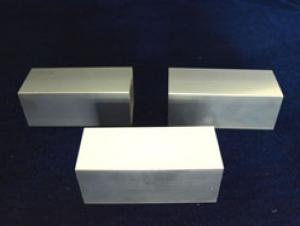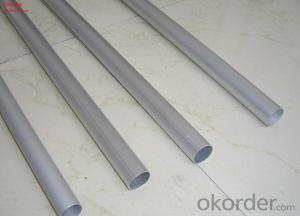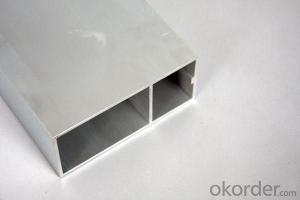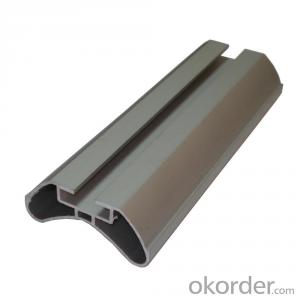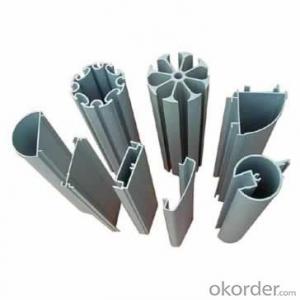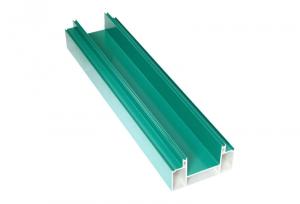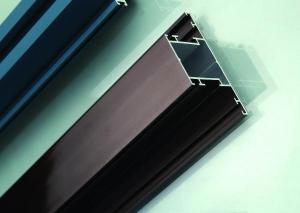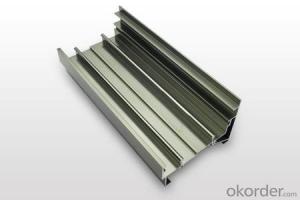Anodized Colorful Aluminum T Slot Profiles for Window and Door
- Loading Port:
- Shanghai
- Payment Terms:
- TT OR LC
- Min Order Qty:
- 4 m.t.
- Supply Capability:
- 100000 m.t./month
OKorder Service Pledge
OKorder Financial Service
You Might Also Like
Specification
Anoized Colorful Aluminum Profile for Window and Door
1.Structure of Anoized Colorful Aluminum Profile for Window and Door:
Aluminim Circle for Cookware is widely used for kitch, including fried pans, non-sticky pans, cooking pots, hard anodize cook wire, pressure cooker and house hold utensils.. Aluminim Circle for Cookware is hard for the deep draw and spinning. You can choose the alloys as your habitation and we will do our best to meet your requests.
2.Main Features of Anoized Colorful Aluminum Profile for Window and Door:
• High manufacturing accuracy
• Smooth surface
•No waves
• High strength of extension and yield
• Well packaged
3. Anoized Colorful Aluminum Profile for Window and Door
Alloy | Alloy 6063,6061,6005or according to customer’s choice |
Temper | T3, T4, T5, T6 |
Thickness | 0.5MM-4MM |
Diagonal | 100-1200MM |
Standard | GB/T 3880-2006 |
4.FAQ
We have organized several common questions for our clients,may help you sincerely:
① How about your company?
A world class manufacturer & supplier of aluminum coil and alloy blanks. Aluminum production base is comprised of 18 aluminum annealers, 10 coil and foil mills, 4 continuous production lines, 2 hot rolling production line and 3 prepainted lines.
Export 5000 tons per month to Asia, America and Middle East. Always do the best for our clients.
②Can you guarantee the quality of the products?
We are responsible for the quality of materials to get a long-term cooperation with clients in a reasonable period of time and we are glad to arrange and coordinate any third party inspection for you.
③What is the delivery time after purchase?
35 day after receiving client’s deposit or correct LC
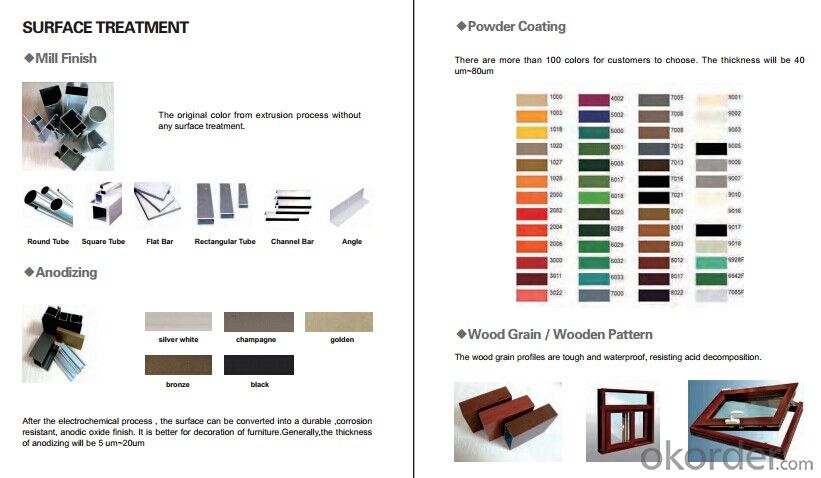
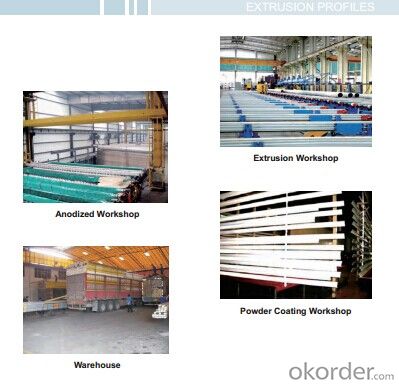
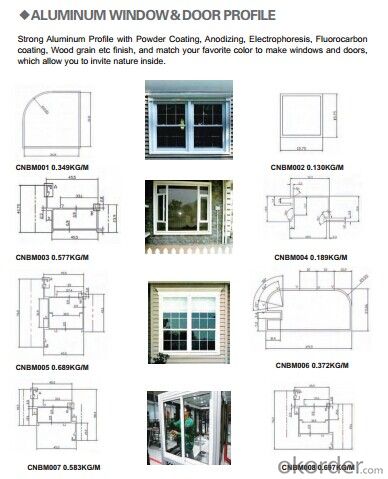
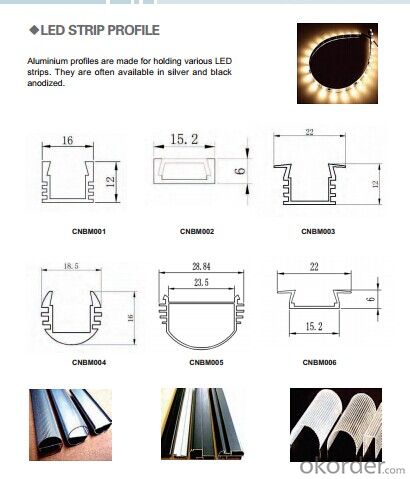
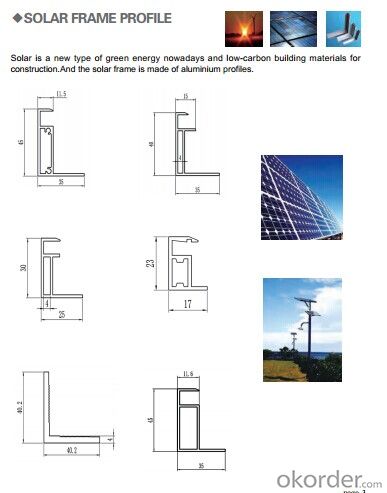
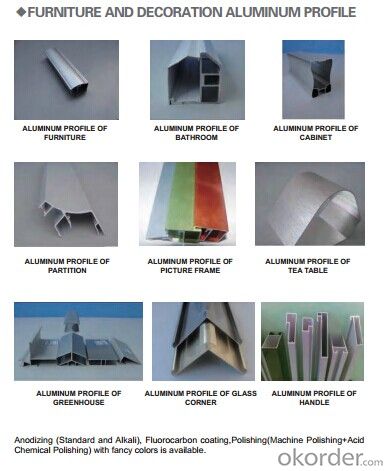
- Q: Can aluminum profiles be used for creating protective enclosures?
- Indeed, protective enclosures can be fashioned using aluminum profiles. Aluminum, being a lightweight, long-lasting, and corrosion-resistant substance, proves itself fitting for a plethora of purposes, including protective enclosures. By effortlessly fabricating and assembling aluminum profiles, one can generate tailored enclosures of diverse dimensions and forms. They grant exceptional structural integrity and endure even the harshest environmental circumstances. Furthermore, in the event that efficient heat dispersal is necessary, aluminum profiles present commendable thermal conductivity. All in all, the versatility, strength, and durability of aluminum profiles render them a favored choice for the creation of protective enclosures.
- Q: This question asks for a comparison of the benefits and drawbacks of utilizing aluminum profiles within the construction industry.
- <p>Aluminum profiles offer several advantages in construction, including high strength-to-weight ratio, corrosion resistance, and ease of fabrication. They are lightweight, which reduces the load on structures and facilitates easier installation. Their resistance to corrosion means they require less maintenance and have a longer lifespan compared to steel. Additionally, aluminum profiles can be easily cut, bent, and joined, making them versatile for various applications. However, they have some disadvantages, such as lower thermal conductivity, which can be a concern in temperature-sensitive environments. They are also more expensive than some traditional materials like steel. Lastly, aluminum profiles can dent or deform under heavy loads, which may limit their use in certain structural applications.</p>
- Q: What does "T" in the aluminum profile 6063-T5 mean?
- China's current general is the United States Aluminum Association "Aluminium Association" numberT5By cooling the high temperature molding process, and then the artificial aging state. Applied by cooling high temperature molding process, not through the cold processing (for straightening and leveling, but does not affect the mechanical properties of the limit), to artificial aging products.
- Q: What is the maximum length of aluminum profiles available?
- The maximum length of aluminum profiles available can vary depending on the manufacturer and specific product. However, in general, aluminum profiles can be manufactured in lengths ranging from a few inches to several feet. Some manufacturers may offer standard lengths, such as 6 or 12 feet, while others may have the capability to produce custom lengths based on the customer's requirements. It is important to consult with the manufacturer or supplier to determine the maximum length options available for a specific aluminum profile.
- Q: How can I distinguish the aluminum profiles in the building and the aluminum in the industry?
- Door frames, aluminum profiles and doors and windows, aluminum profiles are in the building. Your picture is a line of scaffold material, usually in industrial material.
- Q: How do aluminum profiles perform in terms of static electricity discharge?
- Aluminum profiles are excellent conductors of electricity, which means they are highly effective in dissipating static electricity. Due to their low resistance, they can quickly and efficiently discharge static charges to the ground, reducing the risk of electrostatic discharge (ESD) and preventing damage to sensitive electronic components.
- Q: Are aluminum profiles suitable for high-temperature environments?
- No, aluminum profiles are not generally suitable for high-temperature environments as they have a low melting point and can deform or lose their structural integrity at high temperatures.
- Q: What are the different shapes available in aluminum profiles?
- Aluminum profiles come in a variety of shapes, each serving specific purposes and meeting different structural requirements. Some commonly used shapes include: 1. T-shape: With a horizontal and vertical section, this profile is ideal for creating joints, connections, or support structures. 2. U-shape: Featuring two parallel sides and an open bottom, this profile is commonly used for framing, edging, or as a protective barrier. 3. L-shape: With one longer side and one shorter side, this profile is frequently used for corner brackets, supports, or right-angle connections. 4. Square shape: With equal sides, square profiles are versatile and can be used for a wide range of applications, such as framing, rails, or supports. 5. Round shape: With a circular cross-section, this profile is perfect for applications that require rounded edges or a seamless look, often used for handrails, decorative purposes, or in the automotive industry. 6. Rectangular shape: With two longer sides and two shorter sides, rectangular profiles are often utilized for structural framing, supports, or as beams. 7. I-beam shape: Also known as an H-beam, this profile has a central vertical web and two horizontal flanges, offering excellent strength and commonly used in construction, bridges, or industrial applications. 8. Channel shape: With a U-shaped cross-section and one side shorter than the other, this profile is widely used for structural support, framing, or as tracks for sliding doors and windows. These examples showcase the variety of shapes available in aluminum profiles. The choice of shape depends on specific project requirements, such as load-bearing capacity, design aesthetics, or functionality.
- Q: What are the features of the poor aluminum profiles?
- Poor quality aluminum profile:1, chemical composition unqualified, seriously endanger the safety of construction projects.2 、 profile corrosion resistance function is low.3, the film thickness is thin. The national standard rules of construction of aluminum oxide film thickness not less than 10um (m). The thickness is not enough, aluminum looks easy to rust and corrosion. Some no name and address, production license, certificate of inspection in the aluminum oxide film, the thickness of only 2 to 4um, some even without film.
- Q: Are aluminum profiles suitable for use in exterior wall insulation systems?
- <p>Yes, aluminum profiles can be used for exterior wall insulation systems. They are known for their durability, resistance to corrosion, and ability to withstand various weather conditions. Aluminum profiles provide a strong structural framework that can support insulation materials effectively. They are also lightweight, which makes them easy to handle and install. Additionally, aluminum profiles can be anodized or coated to enhance their resistance to environmental factors, making them a popular choice for exterior insulation systems.</p>
Send your message to us
Anodized Colorful Aluminum T Slot Profiles for Window and Door
- Loading Port:
- Shanghai
- Payment Terms:
- TT OR LC
- Min Order Qty:
- 4 m.t.
- Supply Capability:
- 100000 m.t./month
OKorder Service Pledge
OKorder Financial Service
Similar products
Hot products
Hot Searches
Related keywords
